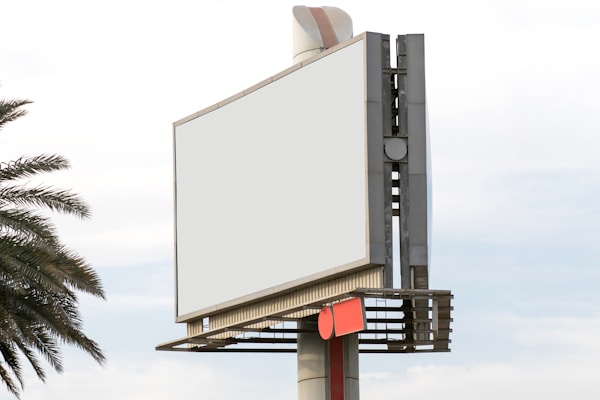Trade shows are highly impactful events that can make or break your business, but planning one is far from easy. The process involves taking care of numerous aspects like budgeting, choosing the right vendors, creating promotional materials, and ensuring that the event goes smoothly. Below, you will learn how to plan a trade show step by step, ensuring the success of the event and the satisfaction of all attendees.
Establishing Goals and Budget

Before diving into the specifics of organizing a trade show, you should establish clear goals for the event. These objectives will dictate your decisions throughout the planning process and help keep your focus on what truly matters. Examples of goals might include increasing brand awareness, unveiling a new product, or generating new leads for your business. Whatever your objectives may be, try to quantify them in order to measure the success of the event afterward.
Next, determine your budget for the event by taking into account costs such as venue rental, marketing materials, and staffing. This step is crucial not only for the planning stages but also for monitoring expenses throughout the entire process. As expenses arise, keep an eye on your budget and make adjustments as needed to ensure you don’t overspend. It’s a good idea to set aside some extra funds as a contingency measure in case unforeseen expenses come up.
Secure a Venue and Vendors
Once you have a solid idea of your trade show’s goals and budget, it’s time to start searching for a suitable venue. Location is one of the most important factors in determining the success of an event, so it’s vital to choose a space that’s easy to access, has enough room to accommodate your expected number of visitors, and fits within your budget. When choosing a venue, consider factors such as parking facilities, nearby hotels and amenities, public transportation access, and the availability of crucial services like Wi-Fi, electricity, and catering.
After locking down the perfect venue, you’ll need to find reliable vendors who can provide the necessary materials and services for your event. For instance, consider partnering with a print shop NYC to create promotional materials, banners, and signs that will catch the attention of visitors. Make sure to establish strong connections with these vendors, as they will play a major role in the success of your trade show.
Also, don’t forget to enlist the help of a professional trade show photographer to capture the highlights and essence of your event. High-quality photographs can play a crucial role in promoting your business post-event, helping you generate leads and interest for months to come.
Promote Your Trade Show

A well-promoted trade show is incredibly important for ensuring high attendance and success. Make sure to promote your event on various platforms, including social media, email newsletters, and your company website. Partner with industry influencers to create buzz around the event and leverage their audiences for increased engagement. You can also look into paid advertising options like Google Ads, Facebook, or LinkedIn to increase visibility and drive ticket sales.
Provide incentives for people to attend your event by offering early bird discounts or special perks for group registrations. Apart from discounts, offer exclusive content or access to special workshops during the event to attract more visitors. Additionally, make sure to emphasize the keynote speakers, high-profile guests, or unique experiences that your trade show offers to create a compelling reason for people to attend.
The success of your event hinges on the connections and partnerships you establish before and during the event. Consider partnering with other organizations in your industry or getting sponsors on board to help spread the word and ensure a successful trade show.
Prepare for a Seamless Event Day
As the event date gets closer, it’s crucial to iron out the finer details to ensure a smooth event day. Create a detailed schedule and share it with your team, exhibitors, vendors, and attendees. Assign specific tasks to your staff and volunteers to ensure they know their roles and responsibilities. Additionally, provide training or guidance to your team on how to handle common issues that may arise during the event, such as tech glitches or registration mishaps.
Double-check all aspects of the trade show well before the event, such as booth setup, A/V equipment, Wi-Fi connections, and signage. Anticipate potential problems and develop solutions in advance to avoid last-minute scrambling. Make sure to communicate with your vendors and exhibitors regularly to keep them informed of any updates or changes to the event plans.
Overall, planning a successful trade show requires a strategic approach, strong communication, and excellent organization skills. By focusing on goal setting, budgeting, partnering with reliable vendors, promoting your event, and anticipating potential problems, you can ensure a memorable and impactful experience for all attendees while promoting your brand and generating valuable leads.


